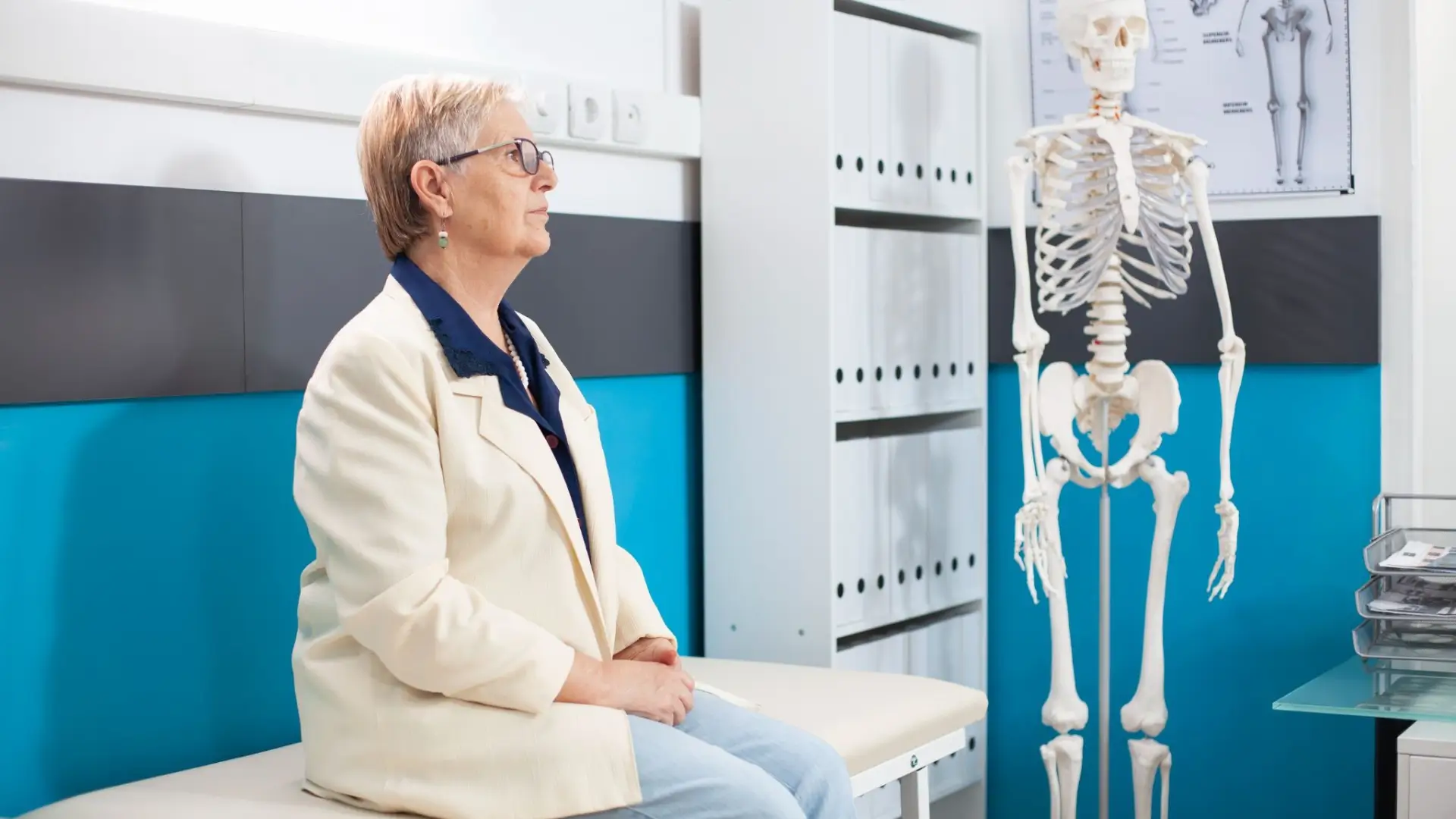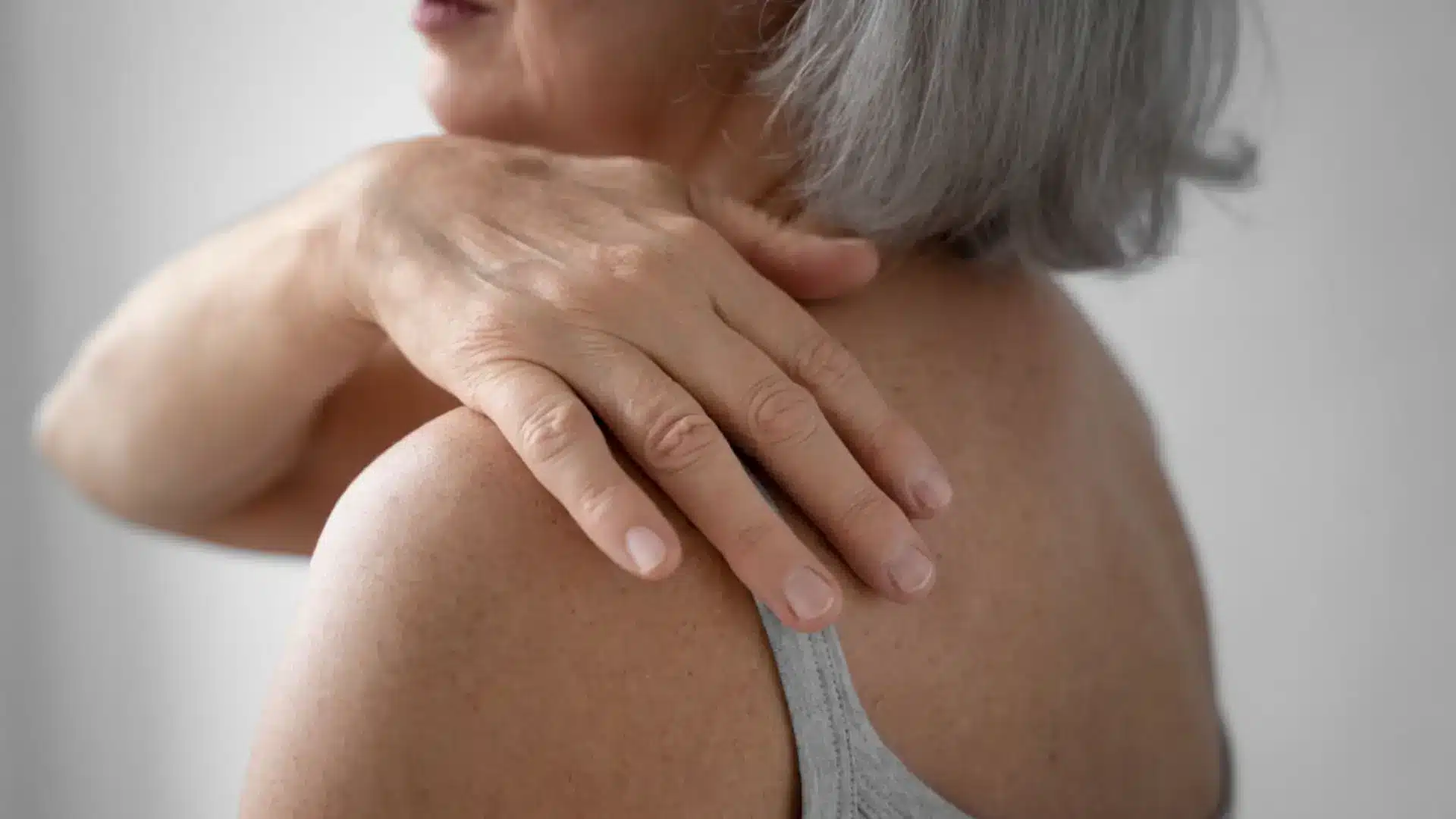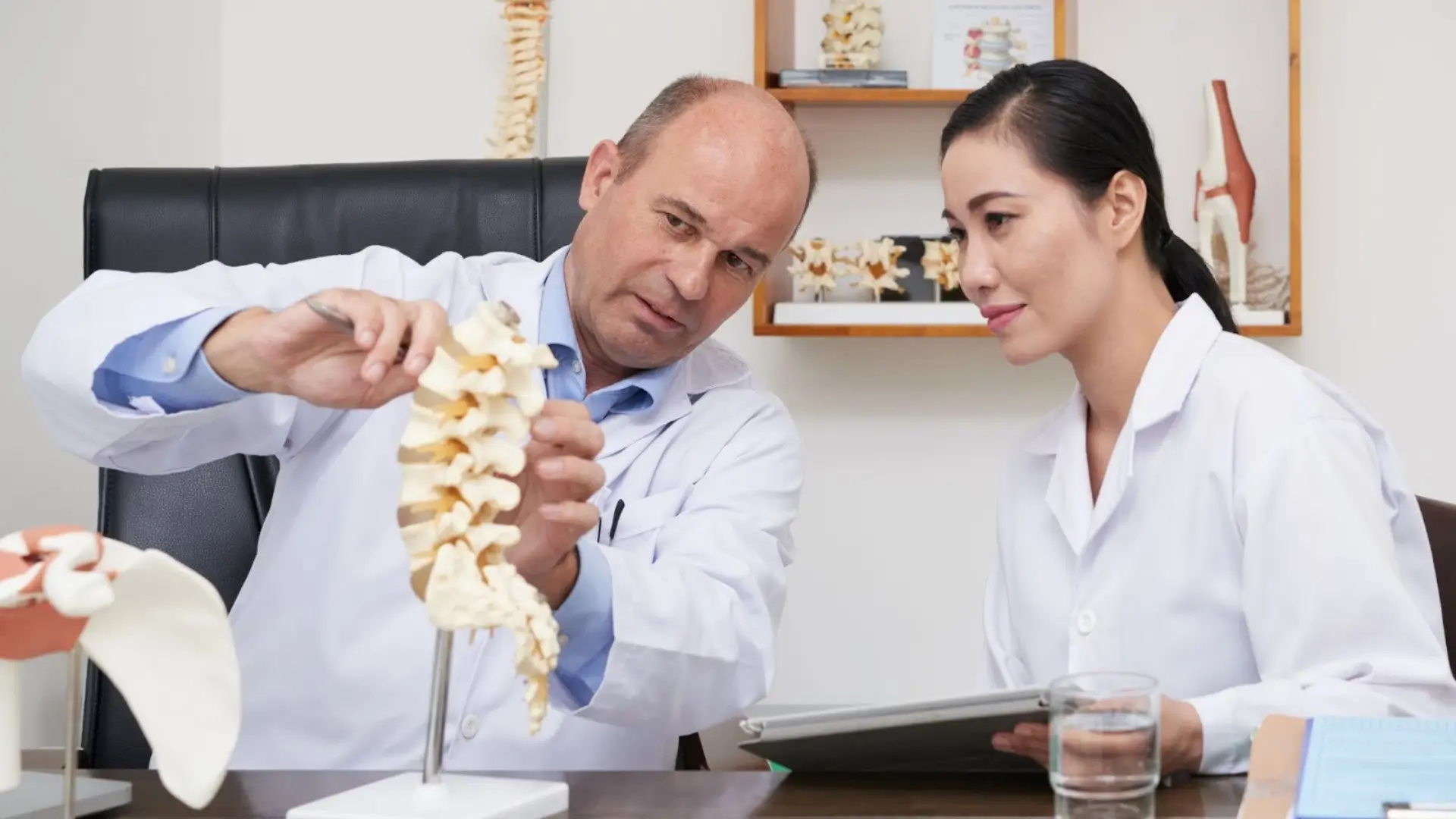
Osteoporosis is a widespread yet often unnoticed condition, impacting over one in eight adults over 50 in the U.S. and nearly one in five over 65. Since it usually develops without noticeable symptoms until a fracture occurs, effective treatments are vital for maintaining bone strength and quality of life.
One such treatment option is Evenity (romosozumab-aqqg), a unique therapy that not only helps build new bone but also slows bone breakdown. Given that Evenity is typically prescribed as a 12-month course of monthly injections, understanding how long the medication stays active in your system is key for both patients and healthcare providers in managing treatment and planning follow-up care.
In this article, we’ll delve into how long Evenity remains in your system and the various factors that can influence its duration and overall effectiveness, helping you better understand its role in osteoporosis treatment.
Key Takeaways
- Romosozumab (Evenity) has a half-life of 12–13 days, meaning it stays in the system for a few months after the final dose, with ongoing bone-forming effects.
- Bone turnover markers help monitor the medication’s impact, showing a transient decrease in bone resorption markers and sustained improvements in bone mineral density during treatment.
- After a 12-month course of Evenity, transitioning to antiresorptive therapy is crucial to preserve bone mass and prevent further decline.
- Delaying the transition to antiresorptive therapy may lead to a reversal of bone density gains and increased fracture risk.
About: Doctor Medica is your trusted supplier of top-quality dermal fillers, viscosupplements, and more for your medical practice. We offer genuine products from leading brands at the lowest prices available. If you’re looking to order Evenity online for your practice, contact Doctor Medica today.
Pharmacokinetics of Romosozumab: Absorption, Distribution, and 12- to 13-Day Half-Life

Romosozumab is a monoclonal antibody that plays a dual role in osteoporosis management by increasing bone formation and decreasing bone resorption. After a subcutaneous injection, the medication is gradually absorbed into the bloodstream. This slow absorption process helps to maintain a durable therapeutic effect over time, promoting consistent bone-building activity.
Romosozumab has a half-life of about 12 to 13 days, meaning it takes this amount of time for its concentration in the bloodstream to decrease by half. Because monoclonal antibodies are large proteins, they are slowly metabolized and broken down by the body rather than rapidly cleared by the kidneys. This prolonged half-life supports the once-monthly dosing schedule, making it convenient for patients.
With the standard Evenity dosing regimen, patients receive two 105 mg injections per month to help maintain stable serum levels. This results in consistent bone-building effects throughout the treatment cycle.
Given its pharmacokinetic profile, Evenity is typically prescribed for a limited duration of 12 monthly doses, after which patients must transition to an antiresorptive therapy to maintain the treatment benefits.
Duration of Measurable Serum Levels and Persistence of Bone-Formation Effects

Although the half-life of romosozumab is approximately 12–13 days, its duration in your system can vary depending on factors such as dosing duration and individual metabolic characteristics. For most patients, measurable serum concentrations of Evenity remain detectable for up to three months after the final injection. However, the bone-forming effects persist much longer.
The anabolic (bone-building) response triggered by romosozumab does not cease immediately as serum levels decline. Instead, the medication continues to stimulate increased osteoblast activity, leading to sustained improvements in bone mineral density (BMD) even as the drug clears from the bloodstream. This delayed effect is due to the slow process of bone remodeling, where newly formed bone continues to develop gradually after Evenity has been metabolized.
Relationship Between Bone-Turnover Markers and Evenity Discontinuation Timing
One of the most effective ways to understand how long Evenity continues to impact the body is by monitoring bone turnover markers. These markers are biochemical indicators of bone formation and resorption, and they respond to changes in therapy.
During Treatment
- Bone formation markers show a significant increase, particularly in the early months of treatment.
- Bone resorption markers initially show a rapid, transient decrease, followed by a return toward baseline levels during the 12-month treatment period.
After Stopping Evenity
- Bone formation markers gradually return to baseline over several months.
- Bone resorption markers begin to rise again unless a new therapy is started.
This shift in markers explains why bone gains may diminish over time if no follow-up treatment is started. Although romosozumab may still be present in trace amounts in the bloodstream, its effect on bone formation fades unless supported by ongoing therapy.
Clinical Implications for Transitioning to Antiresorptive Therapy After Evenity
Understanding how long Evenity stays in your system is crucial when planning long-term osteoporosis management. While Evenity is highly effective in building new bone, maintaining that bone requires transitioning to a different class of medication: antiresorptive therapy.
Common transition medications include:
- Alendronate
- Risedronate
- Zoledronic acid
- Denosumab (Prolia)
This post-treatment transition is essential for preserving the newly formed bone mass. Without this transition, bone mineral density can begin to decline within a few months as natural bone resorption resumes. Physicians typically initiate antiresorptive therapy immediately or shortly after the final dose of Evenity to maintain continuity of bone health.
The benefits of transitioning to an antiresorptive therapy include:
- Long-term fracture risk reduction
- Preservation of bone mineral density gains
- Stability of bone remodeling processes
Timing the switch is critical. Delaying the introduction of antiresorptive therapy allows bone turnover markers to rise again, potentially reversing the progress made with Evenity.
Conclusion
Evenity remains active in the body much longer than its half-life of 12 to 13 days would suggest. While serum levels and bone-forming effects may last for several months, the key to maximizing treatment results lies in understanding how bone turnover changes after therapy ends. The transition to antiresorptive therapy is a critical step in maintaining the bone mass gained during treatment.
By carefully planning the post-treatment phase and initiating proper follow-up therapy, patients can achieve long-term improvements in bone strength and fracture prevention. With appropriate medical guidance, osteoporosis management can be both effective and sustainable, leading to better outcomes for patients.
FAQs
1. How long does Evenity stay in your system after the final dose?
Romosozumab can remain detectable for up to 3 months. However, its bone-forming effects persist for longer due to the slow process of bone remodeling.
2. Does stopping Evenity abruptly reduce bone density?
Bone density does not drop immediately, but without transitioning to antiresorptive therapy, gains may gradually diminish over several months.
3. Why is the half-life of Evenity important?
The 12–13 day half-life supports monthly dosing and explains why the medication continues to work for weeks after an injection.
4. Can I delay switching to another osteoporosis medication after Evenity?
It is not recommended to delay the transition to antiresorptive therapy, as doing so may lead to reduced bone mineral density and increased fracture risk.
References
Cosman F, Kendler DL, Langdahl BL, et al. Romosozumab and antiresorptive treatment: the importance of treatment sequence. Osteoporos Int. 2022;33(6):1243-1256. doi:10.1007/s00198-021-06174-0
Dosing & Administration | EVENITY® (romosozumab-aqqg) HCP. https://www.evenityhcp.com/dosing-and-administration
Lim SY. Romosozumab for the treatment of osteoporosis in women: Efficacy, safety, and cardiovascular risk. Womens Health (Lond). 2022;18:17455057221125577. doi:10.1177/17455057221125577
Related Articles
Joanna Carr
Ejal 40 Aftercare – Ensure Best Results
Discover essential Ejal 40 aftercare tips to maximize results, promote skin health, and ensure optimal rejuvenation post-treatment.
Joanna Carr
Hyacorp Lips and Fashion Trends: How Lip Augmentation Fits into Today’s Fashion Landscape
Discover how Hyacorp lips align with current fashion trends. Explore lip augmentation options at Doctor Medica, a leading supplier in the industry.
Joanna Carr
Juvederm Ultra Vs Juvederm Ultra Plus: Recommendations
Interested to learn more about Juvederm Ultra Vs Juvederm Ultra Plus Treatment Recommendations? Browse Doctor Medica's comprehensive listing of blog p...


